🎹 What is New Wave music?
New Wave music spanned the late 1970s through the 1980s and emerged as a more melodic and light-hearted extension of punk culture. It embraced various pop-oriented styles and prominently featured the use of synthesizers. Initially a catch-all term for post-punk musical expressions, New Wave later evolved into a broader umbrella encompassing power pop, synth-pop, alternative dance, and milder forms of punk. It also can be perceived as a more accessible counterpart to post-punk.
Characterized by its distinctive attributes, New Wave music exhibited a playful and humorous pop sensibility, characterized by angular guitar riffs and unconventional rhythms, often enhanced by electronic elements, especially the use of synthesizers. A visually appealing fashion sense and distinctive music videos were crucial to the genre’s success. The movement’s roots lie in Britain, where British New Wave artists initially gained prominence and subsequently captured American audiences through platforms like MTV. The genre is sometimes referred to as the second British invasion.
New Wave’s initial peak occurred from the late 1970s to the early 1980s, supported by major musicians and a proliferation of one-hit wonders. MTV’s launch in 1981 played a pivotal role in amplifying the genre’s popularity by heavily featuring new wave acts. While New Wave experienced a decline in the mid-1980s due to the ascent of other genres, it has resurged intermittently since the 1990s, fueled by nostalgia for its influences. Additionally, new wave’s musical characteristics, including choppy rhythms, quirky pop sensibilities, and electronic incorporation, continue to have a lasting influence on subsequent generations of artists.
🎶 New Wave Favorites: Volume 1 Songbook
The following songs are included in the New Wave Favorites: Volume 1 songbook. These are all available as separate singles, but you get the most value by purchasing the whole collection. All of these arrangements are appropriate for intermediates and up.
- If You Leave (from “Pretty in Pink”) (O.M.D.)
- Kids in America (Kim Wilde)
- One Way or Another (Blondie)
- Rebel Yell (Billy Idol)
- Rio (Duran Duran)
- Shout (Tears for Fears)
- Sunglasses at Night (Corey Hart)
- Tempted (Squeeze)
- The Killing Moon (Echo & The Bunnymen)
- What I Like About You (The Romantics)
🎹 Watch a performance of the entire songbook:
⭐ Featured Favorites
There’s so many great videos from this era that it’s hard to narrow down the best ones, but these personal favorites from New Wave Favorites: Volume 1! made the cut!
“If You Leave” (O.M.D.) (1986)
It’s like high school, all over again (is that a good thing??)
“If You Leave” is a 1986 song by English electronic band Orchestral Manoeuvres in the Dark (O.M.D), famously featured in the film “Pretty in Pink.” Initially intended as an ending track for the movie, the song replaced another due to director John Hughes’ preference for a different emotional tone. The song captures the sentiment of leaving behind high school and childhood, encapsulating the fear and uncertainty of what lies ahead. Written and recorded in under 24 hours to match the desired tempo of the film’s ending scene, “If You Leave” became O.M.D.’s most iconic song. Praised for its synthesizer melody and described as a defining track of the 1980s, the song achieved critical acclaim despite some mixed reception at its release.
“If You Leave” achieved its peak success on the U.S. Billboard Hot 100, securing the group’s highest chart position by reaching number 4 in May of 1986. The song mirrored this accomplishment in other countries, entering the Top 5 in Canada and New Zealand, while in Australia, it secured a spot at number 15. Reverberating with the essence of the 1980s, it garnered praise from Interview magazine as a song of unparalleled influence, encapsulating the spirit of the era like few others in its genre.
“Rebel Yell” (Billy Idol) (1983)
Billy Idol’s “Rebel Yell” served as the title track for his second studio album, released in October of 1983. The song is characterized by its energetic and rebellious vibe, making it one of the standout tracks in Billy Idol’s discography and a symbol of the 1980s rock era. While the song initially didn’t achieve significant chart success, its re-release in 1985 brought it into the spotlight. The reissued single climbed to no. 6 on the UK charts, marking a notable achievement for Idol. In the United States, the song reached no. 46 on the Billboard Hot 100 chart.
The song is known for its infectious melody, catchy chorus, and powerful guitar-driven instrumentation. It seamlessly blends rock and new wave elements, which were characteristic of Billy Idol’s musical style. The introductory riff, performed on the guitar by co-writer Steve Stevens, is particularly recognizable and sets the tone for the rest of the track. The song’s title is derived from “Rebel Yell,” a brand of bourbon whiskey.
“Rebel Yell” is widely regarded as one of Billy Idol’s signature songs and is often associated with his image as a charismatic and edgy rock star. The song’s popularity has endured over the years, and it remains a staple on classic rock radio stations. Its inclusion in various media, soundtracks, and pop culture references has solidified its status as an iconic track of the 1980s.
“The Killing Moon” (Echo & The Bunnymen) (1984)
Ethereally elegant. Will we ever have music like this again?
“The Killing Moon” is a song by the British post-punk band Echo & The Bunnymen, released in 1984 as a single from their album “Ocean Rain.” The song is often regarded as one of the band’s most iconic and critically acclaimed tracks. The song has garnered a devoted following and is frequently highlighted as a standout track from the 1980s. It showcases the band’s distinctive blend of post-punk and New Wave elements with a touch of atmospheric and ethereal soundscapes.
The song is characterized by its haunting and atmospheric quality. It features a prominent, echoing guitar riff and lush orchestration, creating a sense of grandeur and drama. Frontman Ian McCulloch’s distinctive and emotive vocals add to the song’s powerful impact. The lyrics of “The Killing Moon” are poetic and evocative, contributing to the song’s ethereal and mysterious ambiance.
The lyrics of “The Killing Moon” are open to interpretation, often associated with themes of fate, introspection, and transcendence. The imagery in the song conjures a sense of mystery and contemplation, with phrases like “Fate up against your will” and “Heaven smiles above me” contributing to the song’s enigmatic atmosphere. The title itself alludes to the moon’s symbolism of change and transformation.
“The Killing Moon” has left a lasting mark on music history and pop culture. Its inclusion in various films, TV shows, and commercials has introduced the song to new generations. Additionally, the song’s distinct sound and emotional depth have influenced subsequent artists and bands, contributing to its enduring legacy.
“Sunglasses at Night” (Corey Hart) (1984)
I mean, when else should you wear your sunglasses?
“Sunglasses at Night” is a song by Canadian artist Corey Hart, released in 1984 as the first single from his debut album “First Offense.” The song is one of Hart’s most recognizable and enduring hits, known for its catchy melody, synth-driven sound, and distinctive lyrical theme. “Sunglasses at Night” was a commercial success for Corey Hart, becoming a breakthrough hit for him. The song reached the top of the charts in Canada and the United States, as well as achieving significant chart positions in other countries. Its popularity helped propel Corey Hart to international fame.
The song features a synth-heavy sound that was characteristic of the 1980s pop and new wave music. It opens with a recognizable electronic bassline, setting the tone for the rest of the track. Hart’s vocals are delivered with a mix of intensity and vulnerability, giving the song its distinctive emotional quality. The use of synthesizers and electronic production elements adds to the song’s overall atmospheric and slightly dark ambiance.
“Sunglasses at Night” became a cultural touchstone of the 1980s and is often associated with the era’s pop music and fashion trends. The song’s music video, featuring Hart wearing his iconic sunglasses, further solidified its impact. The video received regular airplay on MTV, helping to boost its popularity and solidify its status as a classic of the decade.
“Rio” (Duran Duran) (1982)
A sax solo while floating on driftwood? Count me in!
“Rio” is a song by the British New Wave band Duran Duran, released in 1982 as the fourth single from their second album, also titled “Rio.” It reached the top 10 in several countries, including the United Kingdom, the United States, Canada, and Australia. The song’s popularity helped further establish Duran Duran’s status as one of the leading bands of the new wave and synth-pop movement.
“Rio” is characterized by its upbeat and danceable sound, blending new wave, pop, and funk influences. The song features a memorable melody driven by a combination of keyboards, guitar, and a prominent bassline. Lead vocalist Simon Le Bon’s distinctive vocals contribute to the song’s catchy and energetic quality.
The music video for “Rio” played a significant role in the song’s success. Filmed on location in Antigua, the video features the band members engaging in various adventures, sailing, and enjoying the beach. The video’s stylish and colorful visuals, along with the portrayal of a lavish lifestyle, added to the song’s allure and created a strong visual association with Duran Duran’s image.
“Rio” remains one of Duran Duran’s most iconic and recognizable songs. Its popularity has endured over the years, and the song is often featured in retrospectives of 1980s music. “Rio” is considered a classic of the new wave genre and is celebrated for its combination of catchy pop sensibilities and stylish visuals.
“Shout” (Tears for Fears) (1984)
“Shout” is a song by the British duo Tears for Fears, released in 1984 as the second single from their second album, “Songs from the Big Chair.” The song is one of the band’s signature hits, known for its powerful and anthemic sound, as well as its introspective lyrics. It reached the number 4 spot on the UK Singles Chart. In the United States, it climbed to number 1 on the Billboard Hot 100, becoming the band’s first and only chart-topper in the US.
The song is characterized by its driving rhythm, soaring vocals, and distinctive synth-based instrumentation. “Shout” blends elements of New Wave, pop, and rock, showcasing Tears for Fears’ ability to craft an emotive and memorable melody. The song’s arrangement includes a mix of electronic and acoustic elements, contributing to its rich and layered sound.
The lyrics explore themes of inner turmoil, self-discovery, and personal expression. The repeated refrain of “Shout, shout, let it all out” can be interpreted as a call to express one’s emotions and frustrations openly. The song delves into the complexities of communication, both with others and with oneself, and the need to release pent-up feelings.
“Shout” quickly became a cultural touchstone of the 1980s and remains one of Tears for Fears’ most enduring tracks. Its universal themes of emotional release and self-expression resonated with audiences, contributing to its lasting popularity. The song’s memorable chorus and anthemic quality have led to its inclusion in numerous films, TV shows, and commercials over the years.

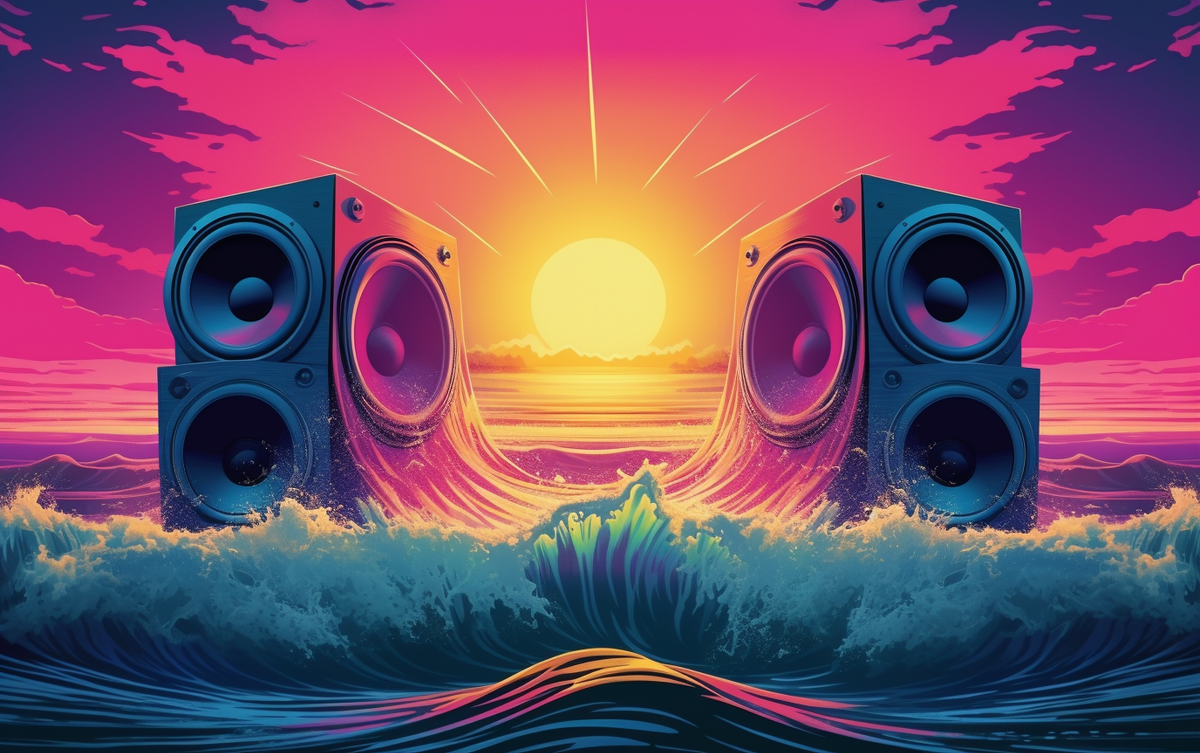
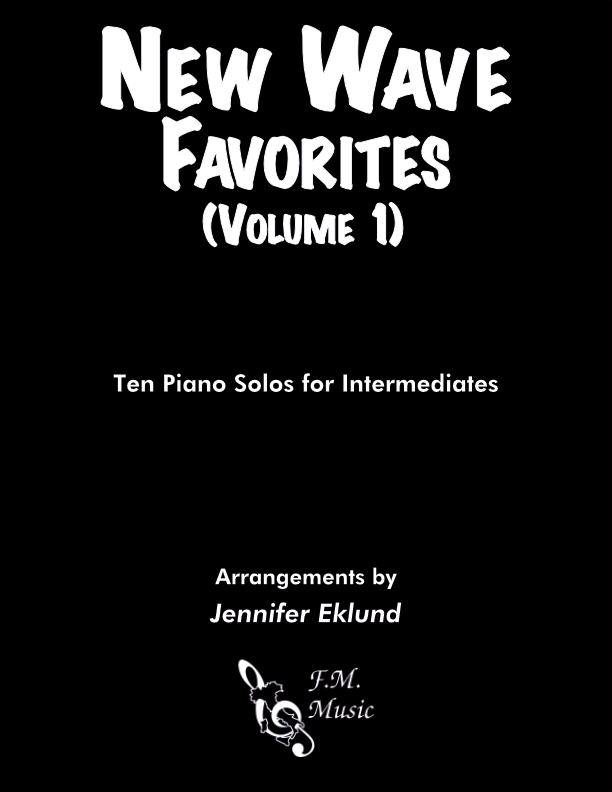
 - Easy/images/Cover--ifyouleave-EZ-MN.png)
 - Intermediate/images/Cover--ifyouleave-INT-MN.png)
 - Easy/images/Cover--rebelyell-EZ-MN.png)
 - Intermediate/images/Cover--rebelyell-INT-MN.png)
 - Advanced/images/Cover--rebelyell-ADV-MN.png)
 - Easy/images/Cover--killingmoon-EZ-MN.png)
 - Intermediate/images/Cover--killingmoon-INT-MN.png)
 - Easy/images/Cover--sunglasses-EZ-MN.png)
 - Intermediate/images/Cover--sunglasses-INT-FULL-MN.png)
 - Advanced/images/Cover--sunglasses-ADV-MN.png)
 - Intermediate Abridged/images/Cover--RIO-INT-MN.png)
 - Advanced/images/Cover--RIO-ADV-MN.png)
 - Easy/images/Cover--SHOUT-EZ-MN.png)
 - Intermediate Abridged/images/Cover--SHOUT-INT-ABR-MN.png)
 - Intermediate Full/images/Cover--SHOUT-INT-MN.png)
 - MN/images/Cover--TakeOnMe-Easy-MN.png)
 - Intermediate/images/Cover--inbetweendays-MN.png)
 - Advanced/images/Cover--heartofglass-ADV-MN.png)
 - Advanced/images/Cover--suburbia-ADV-MN.png)
 - Advanced/images/Cover--callme-ADV-MN.png)
 - Easy/images/Cover--bestfriendsgirl-EZ-MN.png)

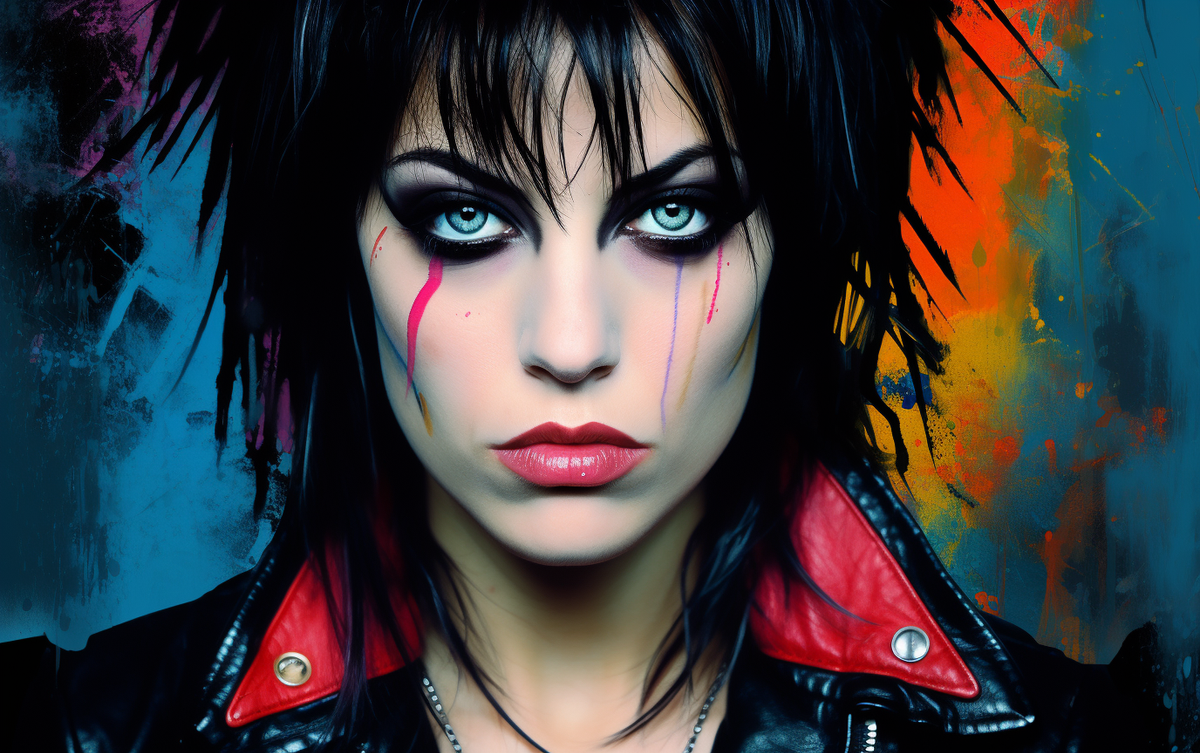
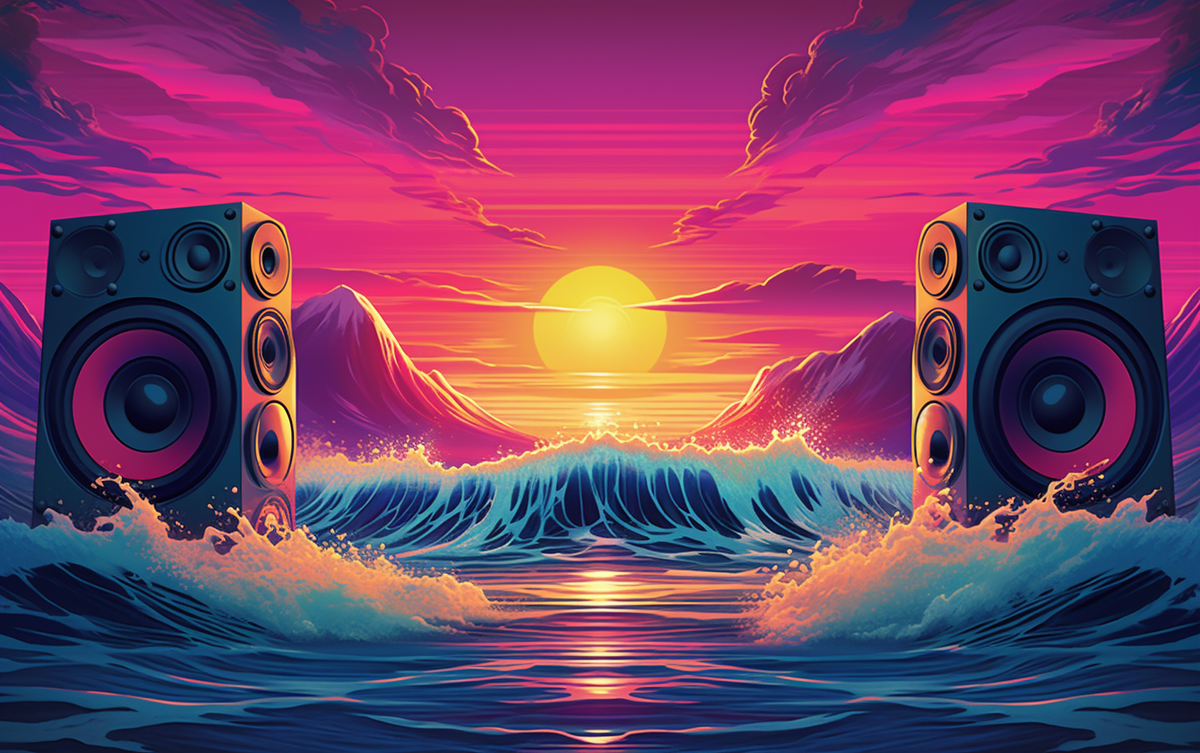
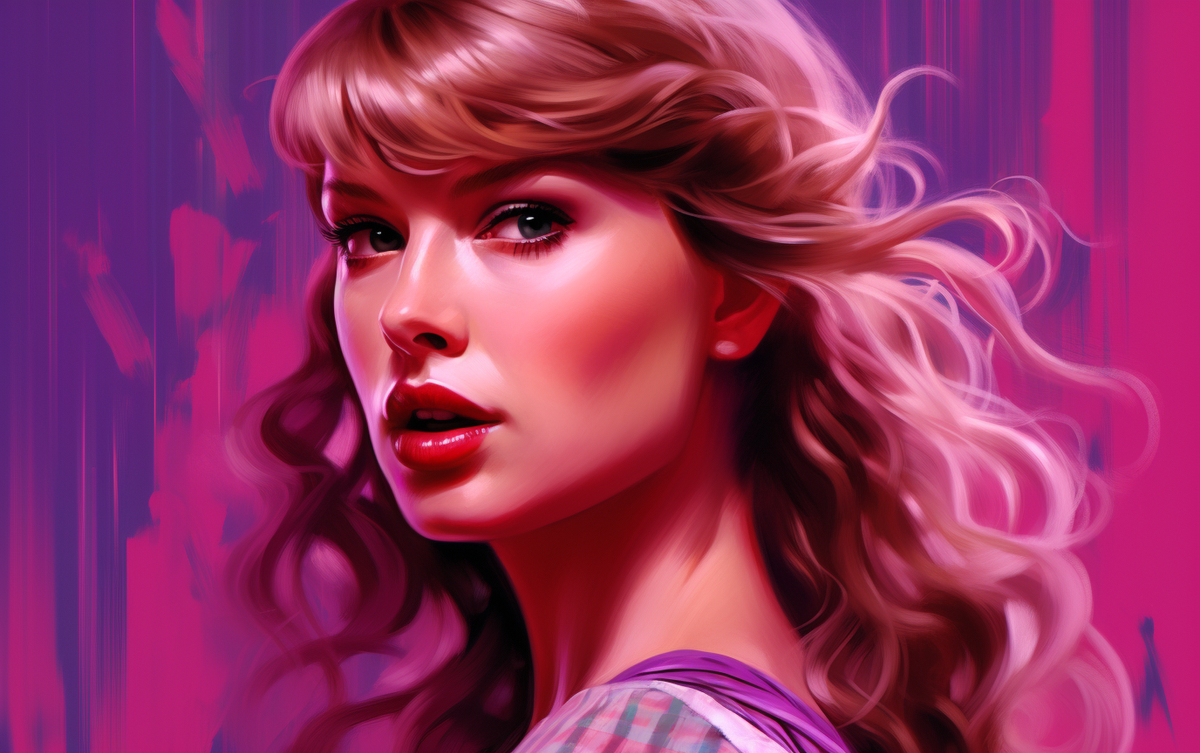
Be the first to comment.